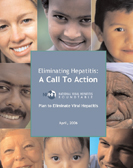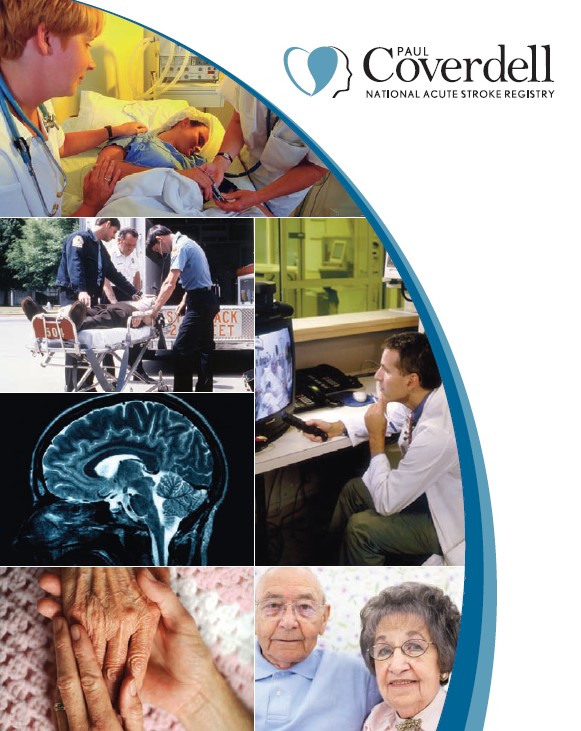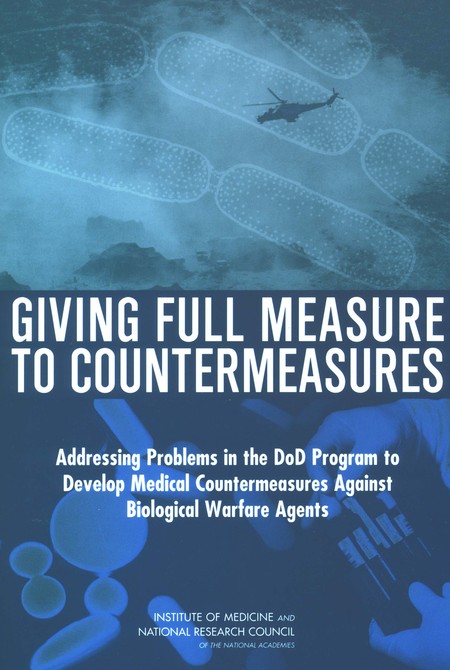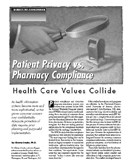Effective Health Policy Strategies

Improve Adult Vaccination Rates
The Problem. The value of immunizations in preventing childhood diseases has been established over decades and pediatricians have fully incorporated vaccines into routine care. The same cannot be said for adults.
Our Engagement. We are often engaged to find ways to improve vaccine-preventable diseases in adults.

Improve Children’s Pharmaceutical Care
The Problem. Of medicines used to treat children, 85% had never been studied in children.
Our Engagement. We were engaged by the NIH Child Health and Human Development Institute to help improve the R&D of medicines used to treat children to help ensure they received quality pharmaceutical care.

Craft a Digital Health Oath
The Problem. The number of digital health companies is growing exponentially as better quality, lower cost, and improved patient experience become the triple aim of health care. My work on covenants in healthcare suggests that digital health is an extension of traditional healers’ work and, for that reason, should ascribe to a healer’s oath.

Eliminate Viral Hepatitis
The Problem. There are many types of viral hepatitis and, thanks to vaccines and medicines, it is more preventable and treatable than ever before. Gaps remain, however, and there are unmet prevention, vaccine, treatment, and research needs.

Improve Veterans’ Health
The Problem. Veterans’ groups provide services to returning soldiers. Increasingly, veterans have unmet health needs. This prompted leaders in the veterans’ groups to join together to create an advocacy agenda.

Protect Pharmaceutical Donations
The Problem. Draft World Health Organization (WHO) Guidelines threatened to hinder―and possibly prevent―pharmaceutical companies from donating medicines to NGOs who serve the needs of the poor in developing nations.

Improve Stroke Care
The Problem. Stroke is the third leading cause of death in the United States and the leading cause of adult disability. While experts agree that stroke is a medical emergency and, despite proven preventative therapies, stroke care in the United States has limited acute treatment options, low public awareness, and inconsistent response by local health-care delivery systems.

Develop Biowarfare Countermeasures
The Problem. The Department of Defense asked the Institute of Medicine, National Academy of Sciences to review its research programs to protect members of the armed services from biological warfare agents.
Our Engagement. With 16 other experts, I was appointed to the Committee on Accelerating the Research, Development, and Acquisition of Medical Countermeasure Again Biological Warfare Agents. I served on the Committee during its hearings, review, and report writing and, with the Committee Chair and Institute of Medicine leadership, participated in briefing White House officials.

Prepare State Legislators for a New Child Health Program
The Problem. The State Children’s Health Insurance Program (SCHIP) was an important step in improving access to care for children. States received Block Grant funding and were encouraged to find creative ways to provide and monitor child health care and measure child health outcomes. State Legislators, responsible for program oversight, had not previously been responsible for programs of this type.

Grow Biomedical Research in NJ
The Problem. The State of New Jersey is home to global biopharmaceutical companies, major research, and teaching institutions, and is poised to be a Life Sciences Supercluster and national leader in bioscience research; but only if the government, academia, and industry collaborate.

Make Sense of Comparative Effectiveness
The Problem. Comparative Effectiveness studies burst onto the health policy scene, providing new hope they’d help make health care more affordable and help clinicians deliver care of higher quality.
Our Engagement. We were engaged by patient groups to understand the issues to help them engage in policy meetings underway in both the public and private sectors. Our analysis is available in text and animated PPT slide versions are open-sourced here and available for use under a Collective Common Attribution License.

Protect Patient Privacy
The Problem: Patient advocates voiced concerns about the inappropriate disclosure of patients’ personal information.
Our Engagement: We were engaged by several pharmaceutical care organizations to analyze the concerns of advocates and propose solutions. We tracked the views of companies, advocacy organizations, academia, and government. Specific consultations with clients are confidential, but the general findings and a specific approach to protecting privacy are the basis of two published articles.

Protect Medicine Supplies as Y2K Approached
The Problem. Yes, it was the last millennium. At the time, many in government feared supplies of medicines would be interrupted. Many in the private sector feared that the government would seize control of pharmaceutical distribution and their operations would be usurped by government agencies.

